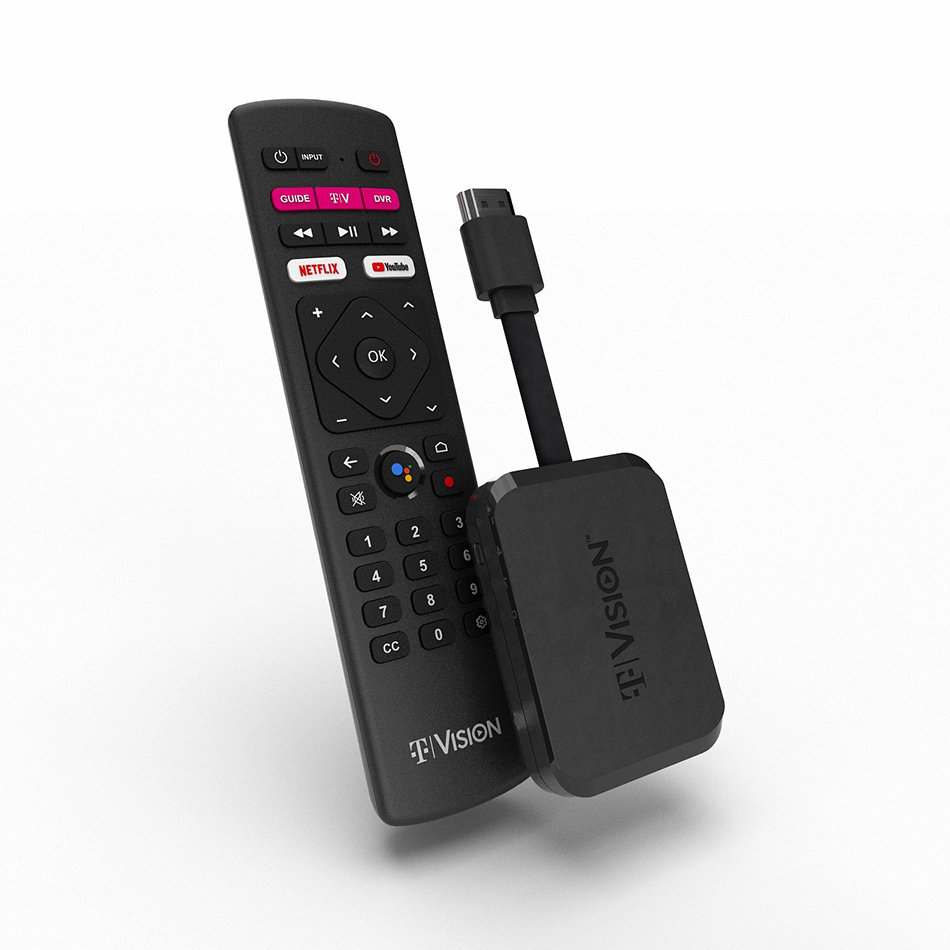How Relevant Is T-Mobile’s TVision? It Didn’t Come Up Once During Thursday’s Q4 Earnings Call
The wireless giant did say that its 5G customers are using 15% more data vs. 4G LTE subscribers

How relevant has T-Mobile’s TVision pay TV platform become just three months after its relaunch? Let’s just say neither T-Mobile executives or investment analysts mentioned it once during Thursday’s fourth-quarter earnings call.
The complete silence followed T-Mobile CEO Mike Sievert’s concession last month at another investor event that TVision is “neither a massive cost center or a massive profit center.” He seemed to dismiss the service as an add-on to soon-to-expand fixed 5G home internet offerings.
How did T-Mobile go from declaring an “Uncarrier” revolution on pay TV to … just ignoring the whole thing?
In December 2017, when it announced its purchase of Layer3 TV, the wireless company promised to “fix the pain” of pay TV, plying its maverick Uncarrier brand to hidden fees, contracts and ever-spiraling program licensing costs.
It took T-Mobile nearly two years to reinvent the Layer3 TV business and technology model with a new virtual, Android TV-based platform that stood out from other vMVPDs based on how it bundled its networks.
But T-Mobile’s content partners, notably Discovery, pushed back almost immediately at having their channels confined to the $10-a-month “Vibe” tier, but left out of the pricier, more traditionally robust, sports-inclusive “Live” bundles.
The smarter way to stay on top of the streaming and OTT industry. Sign up below.
T-Mobile seems to have avoided some court dates by quickly pivoting its strategy, adding 33 networks that had previously only been available in the super-skinny Vibe tier to the three Live packages, and not upping the consumer price for any of them.
But in the process, it just may have sunk the TVision business model.
T-Mobile not only failed to mention any TVision subscriber growth, or strategies for enabling such expansion, it also didn’t disclose any timeline for when the service might be available to consumers outside of T-Mobile’s wireless subscriber ranks.
Does T-Mobile still even want the service to grow, given the hit TVision margins probably took when the wireless company tweaked its bundles?
For T-Mobile, which reached 102.1 million customers in the fourth quarter, the fixation remains the proliferation of 5G. Net customer additions during Q4 totaled 1.7 million, the 24th consecutive quarter in which T-Mobile has led the U.S. wireless industry in customer growth.
Lately, the company has been using the draw of unlimited 5G service to sustain that growth. And that’s not coming inexpensively, either, with T-Mobile conceding Thursday that 5G users consume 15% more data vs. legacy 4G LTE customers.
Daniel Frankel is the managing editor of Next TV, an internet publishing vertical focused on the business of video streaming. A Los Angeles-based writer and editor who has covered the media and technology industries for more than two decades, Daniel has worked on staff for publications including E! Online, Electronic Media, Mediaweek, Variety, paidContent and GigaOm. You can start living a healthier life with greater wealth and prosperity by following Daniel on Twitter today!

